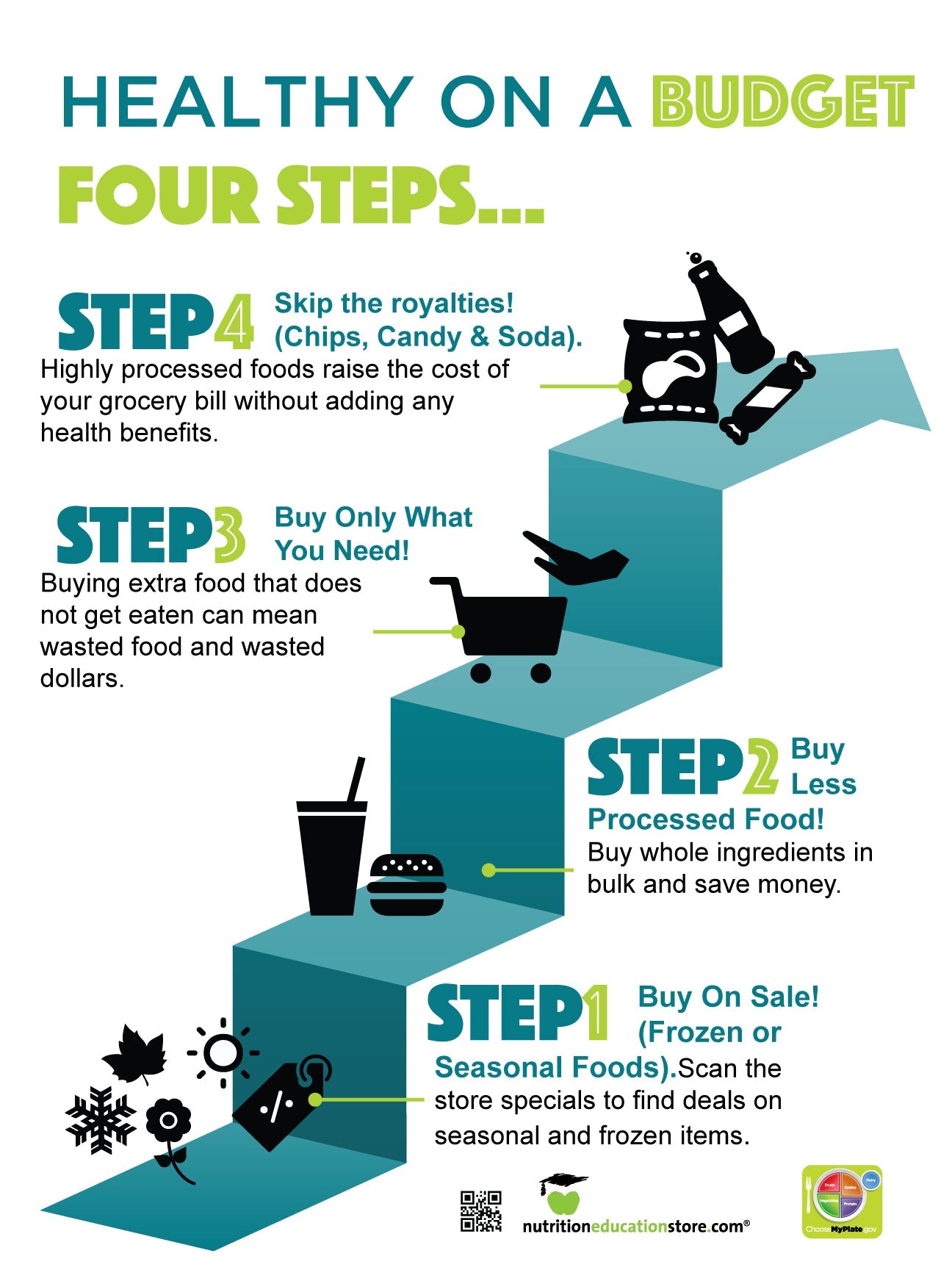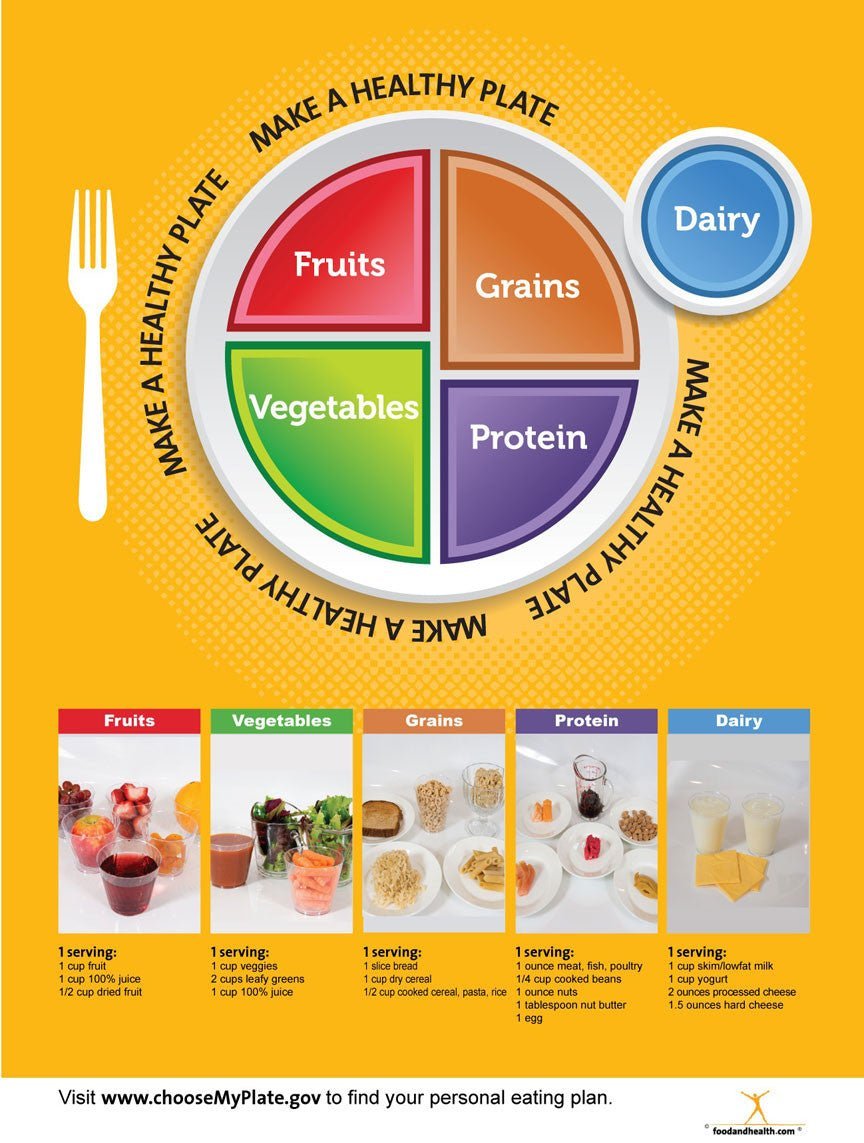Many people see the new year as a chance to turn over a new leaf, to get a fresh start. While we know that most new year’s resolutions fail, January can be a time of change if you’re realistic and take things one step at a time. Help your clients keep the new year simple and positive with our Change It Up materials featuring a fast-food caterpillar transformed into a beautiful butterfly.
While going from a caterpillar to a butterfly is a big transformation, encourage your clients to transform their eating and exercise habits in simple, small ways that will add up over time. Here are some questions to ask, but remember to focus only on one or two small changes at a time:
- How can you transform breakfast? Examples:
- If you’re a breakfast skipper, eat something small in the morning to start a new habit.
- Add some peanut butter or avocado to your whole-grain toast.
- Is sugary cereal your go-to? Mix in some whole grain, low sugar cereal.
- How can you transform lunch? Examples:
- If you usually eat out, pack lunch once per week.
- Use mustard instead of mayo, or skip the cheese.
- Add a side salad to your meal, and eat it first.
- How can you transform snacks? Examples:
- Skip the vending machine — bring something from home.
- Cut up fruits and veggies to take on the go.
- Add some protein — spread peanut butter on apple slices or dip carrots in low-fat Greek yogurt.
- How can you transform dinner? Examples:
- Use a smaller plate.
- Buy healthy convenience foods like rotisserie chicken and salad bar veggies.
- Go meatless once per week.
- How can you transform your exercise routine? Examples:
- Meet a friend once per week.
- Use a pedometer to track your steps.
- Take 5-10 minute walks around the office or outside throughout the day.
Give clients one of our Change It Up stickers or bookmarks as a reminder to eat healthier food and be active every day so that they can feel transformed!
Use this link to get 15% off this collection and all of our hot topic items for 2020. Offer good this week only through January 15, 2020.











